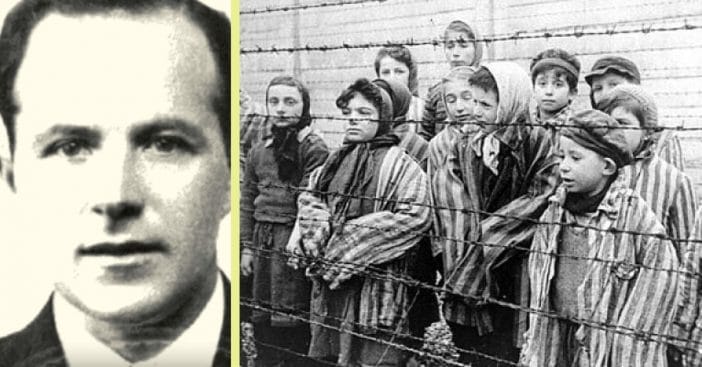
During the Holocaust, Friedrich Karl Berger worked in the Neuengamme Concentration Camp system. There, he worked as an armed guard preventing any escape attempts from the harsh conditions of the camp. After the war and abandonment of the camp, Berger ended up living in Tennessee.
However, on Thursday, the U.S. Department of Justice announced plans to deport Berger back to Germany. An immigration judge in Memphis is ordering Berger, a German citizen, out of America, with backing from the federal level based on Berger’s involvement with the Nazis.
Friedrich Karl Berger “was part of the SS machinery of oppression”

According to the Justice Department, the Neuengamme camp system imprisoned anyone deemed opponents to the Nazis. Ultimately, NBC reports, this included “Jews, Poles, Russians, Danes, Dutch, Latvians, French, Italians, and political opponents.” Friedrich Karl Berger worked at a Neuengamme sub-camp located in Meppen, Germany. There, he worked as an armed guard. However, Berger did not deny the duties he performed, which included preventing escapes as prisoners worked and moved between camps.
RELATED: Nazi Who Was Convicted In WWII Massacre But Never Served Time Dies
As the war’s end encroached on the camps, guards abandoned the Neuengamme system. But while doing so, they also put their remaining prisoners on death marches to hide proof of their crimes from the Allies. This “forcible evacuation” involved “a nearly two-week trip under inhumane conditions.” This, in turn, “claimed the lives of some 70 prisoners.” Friedrich Karl Berger himself participated in this. Assistant Attorney General Brian A. Benczkowski of the Department of Justice’s Criminal Division condemned Berger’s involvement. “Berger was part of the SS machinery of oppression,” he said. This, likewise, “kept concentration camp prisoners in atrocious conditions of confinement,” he said.
Law and morals demand justice

Above all, Justice Department also reports that Berger receives a pension from Germany for his employment, “including his wartime service.” In total, the Neuengamme system held around 100,000 people. Estimates state that around 42,900 died there from the “atrocious” conditions.
U.S. Immigration Judge Rebecca L. Holt cites previous laws and Berger’s association with the Nazis as a reason for his deportation. Holt next honed in on the fact that Berger never asked for a transfer. He thus was removable because of the 1978 Holtzman Amendment to the Immigration and Nationality Act. The court sites “his ‘willing service” and involvement in “Nazi-sponsored persecution.” The Justice Department’s Human Rights and Special Prosecution Section first launched this investigation into Friedrich Karl Berger. They received even more help from U.S. Immigration and Customs Enforcement’s Homeland Security Investigations Human Rights Violators and War Crimes Center. As a result, this case occupied many people’s minds.

RELATED: Three Women Fueled Resistance Against The Nazis Right In Berlin
